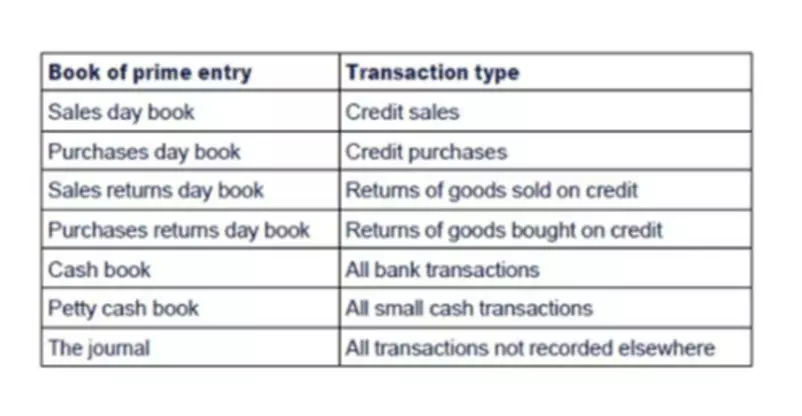Content

You want to make sure to identify the reversing accounting entries related to the prior period’s entries and those that you’re using as correcting mechanisms. Journal entries are used to change accounting information in financial systems. Following the double-entry system used in modern accounting, these entries always affect at least two accounts — one account is debited, while another account is credited. A reversing entry is a journal entry that inverts a previously recorded “regular” entry. The use of reversing entries is optional, but it offers certain advantages, making them very popular in the accounting world.
You can enter a journal entry in January and reverse it in February to avoid duplication in February. You don’t normally go back to January to reverse an entry done in February. Reversing entries are different journal entries that are passed to offset the journal entries which were passed at the end of the immediately preceding accounting year. To illustrate reversing entries, let’s assume that a retailer uses a temporary employment agency service to provide workers from December 15 to December 29. The temp agency will bill the retailer on January 6 and the retailer is required to pay the invoice by January 10.
Example of a Reversing Journal Entry
No worries, this article will gently accompany you in your knowledge journey. The payroll accrual is $1,500, which accounts for three days of wages for two employees ($250 per workday x 2 employees x 3 days). Say you and your spouse share bookkeeping responsibilities. On March 31, you recorded a $2,000 revenue journal entry for a client whose work you completed but haven’t yet billed.

For the most accurate information, please ask your customer service representative. Clarify all fees and contract details before signing https://www.bookstime.com/ a contract or finalizing your purchase. Each individual’s unique needs should be considered when deciding on chosen products.
What is an example of a reversing entry?
It is extremely easy to forget to manually reverse an entry in the following period, so it is customary to designate the original journal entry as a reversing entry in the accounting software when it is created. The software then automatically creates the reversing entry in the following period. Reversal entries will significantly make life of a bookkeeper easier since he won’t have to remember which expenses and revenues were accrued and prepaid. He can record the reversing entries to negate the effect of the adjusting entries that were passed in the preceding year and essentially start anew.
A company would be required to make adjusting entries and reversal entries to properly account for this type of transaction as well. The original accrual entries are made in one month in the GL Journal Transaction Entries program. The reversing entries are made in the following month automatically by running the GL Auto Reversal Entries program. An entry may be held and reversed in a later month than the first month following the accrual.
